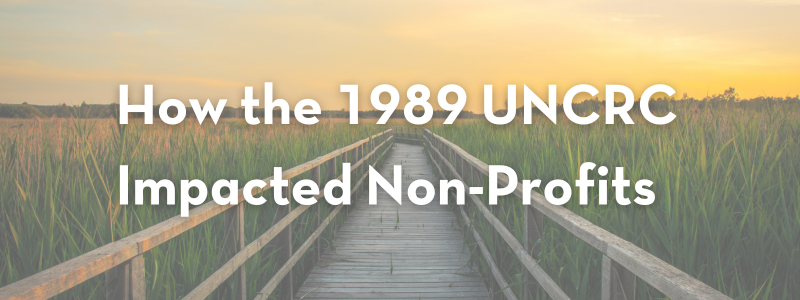The 1989 Convention on the Rights of the Child (UNCRC) transformed how the world views and treats its youngest citizens. This groundbreaking treaty had a widespread impact since it codified civil, political, economic, social, and cultural rights for all children globally. An overwhelming 196 countries signed on.
For over 30 years now, this Convention has empowered advocates to fight for systemic changes protecting young lives. And the results are tangible: Child mortality rates plunged. School enrollments soared. Laws against child labor strengthened across nations. More girls gained access to education. A shift away from institutionalization towards ensuring children can remain with or reintegrate into a family environment.
The Convention gave the global community a universal standard to rally behind. By prioritizing these rights, we uplifted hundreds of millions of kids from unthinkable circumstances.
Identifying Remaining Gaps
While celebrating this progress, the Convention also highlighted the need for quantifiable goals and data tracking. Measuring advancement against each child’s rights allows us to pinpoint where more investment is desperately needed.
Still, harsh realities persist. An estimated 1 billion kids experience violence each year. 7 million children live in institutions even though 80% of them have a living parent they could safely and permanently live with if the family were given proper support. Pinpointing these gaps lets organizations laser-focus efforts on the most urgent issues.
Data-Driven Solutions for Every Child
That’s why nonprofits utilize tools to catalyze strategic action guided by evidence-based metrics. The Miracle Foundation uses its Thrive Scale™ methodology to comprehensively measure child well-being across five domains: health, education, family/social life, finances, and living conditions.
Data-driven models provide a basis for care, highlight progress, and identify areas for improvement. By quantifying progress and risk, organizations can streamline resources toward proven, high-impact solutions.
The Path Ahead after the 1989 United Nations Convention on the Rights of the Child
Three decades later, the fight continues to realize every child’s rights.
With clear rights-based targets and robust data, governments and advocates can strategically accelerate progress where it’s most crucial. We can make this promise a reality for every child through relentless, coordinated efforts.

